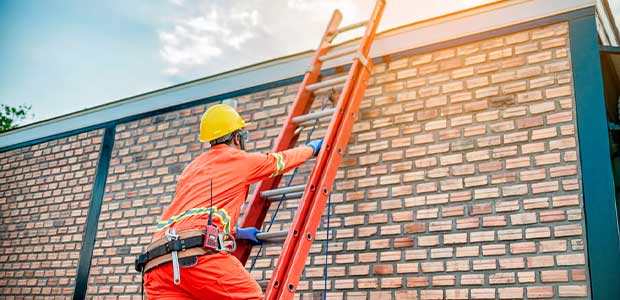
Here is what you need to know to stay safe when working with ladders.
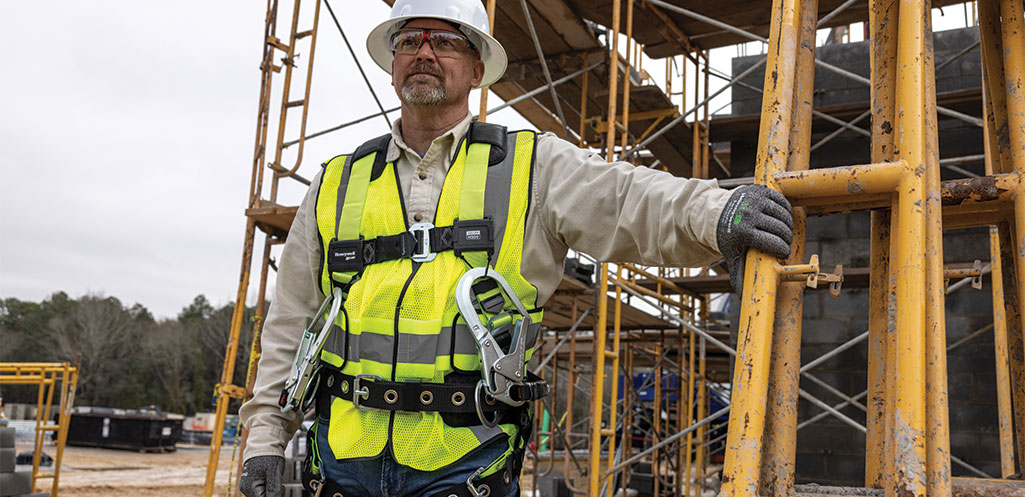
SPONSORED
Did you know that more than 22,000 people across the U.S. are injured while using ladders each year? And, unfortunately, 161 people suffered a fatal injury from a ladder in 2020. According to the U.S. Bureau of Labor Statistics, approximately 65% of those ladder fatalities came from movable ladders.

The budget includes funding for mental health benefits as well as worker protection agencies.

The effective date of the final rule is Monday, March 13, 2023.
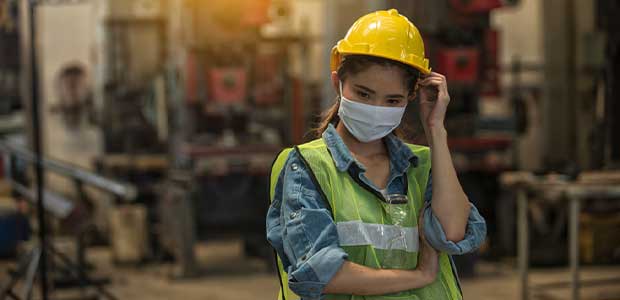
The poll results from J.J. Keller were released at the start of Women in Construction Week, occurring from March 5 to 11 this year.
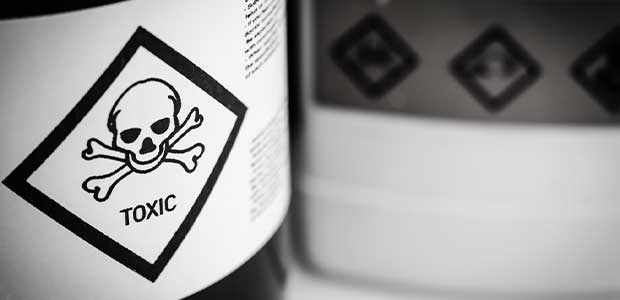
Employees and employers can take steps to prevent these types of emergencies.
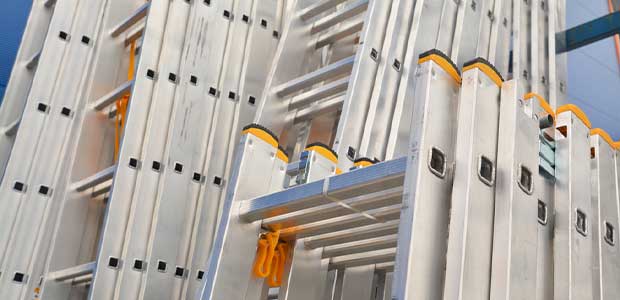
Picking what ladder you need for a project involves some thought, but the American Ladder Institute provides factors to consider.

The company now faces citations for 21 violations and proposed penalties of $195,988.
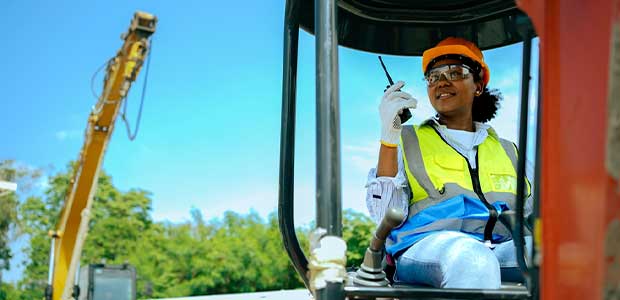
If you don’t have this on your agenda, there’s still time to make plans.
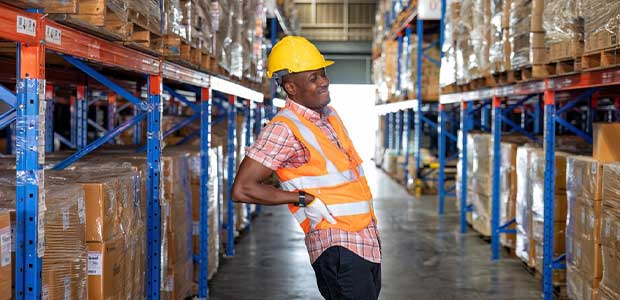
Manually undertaking workplace ergonomic evaluations are time-consuming and hard to scale. Given the simplicity and accuracy of technology to perform the job, it’s easy to understand why paper methods are being swapped out.